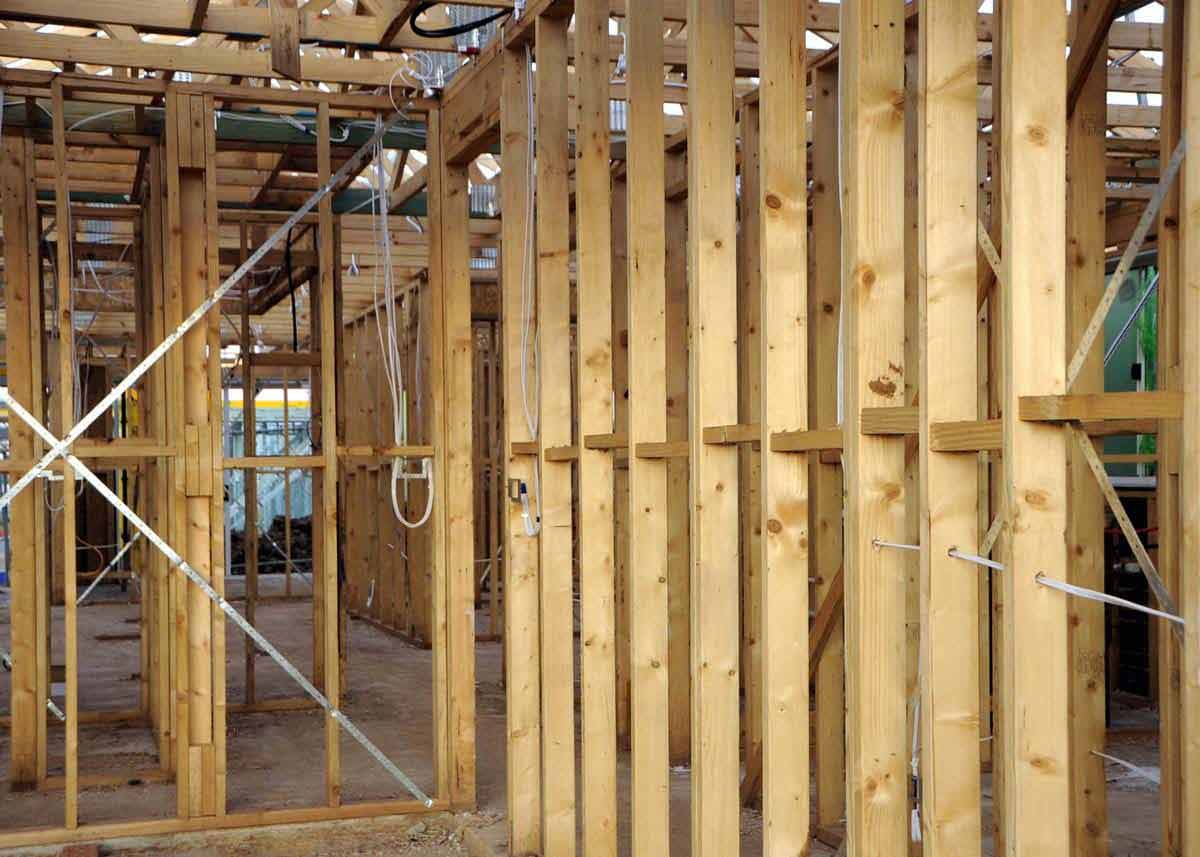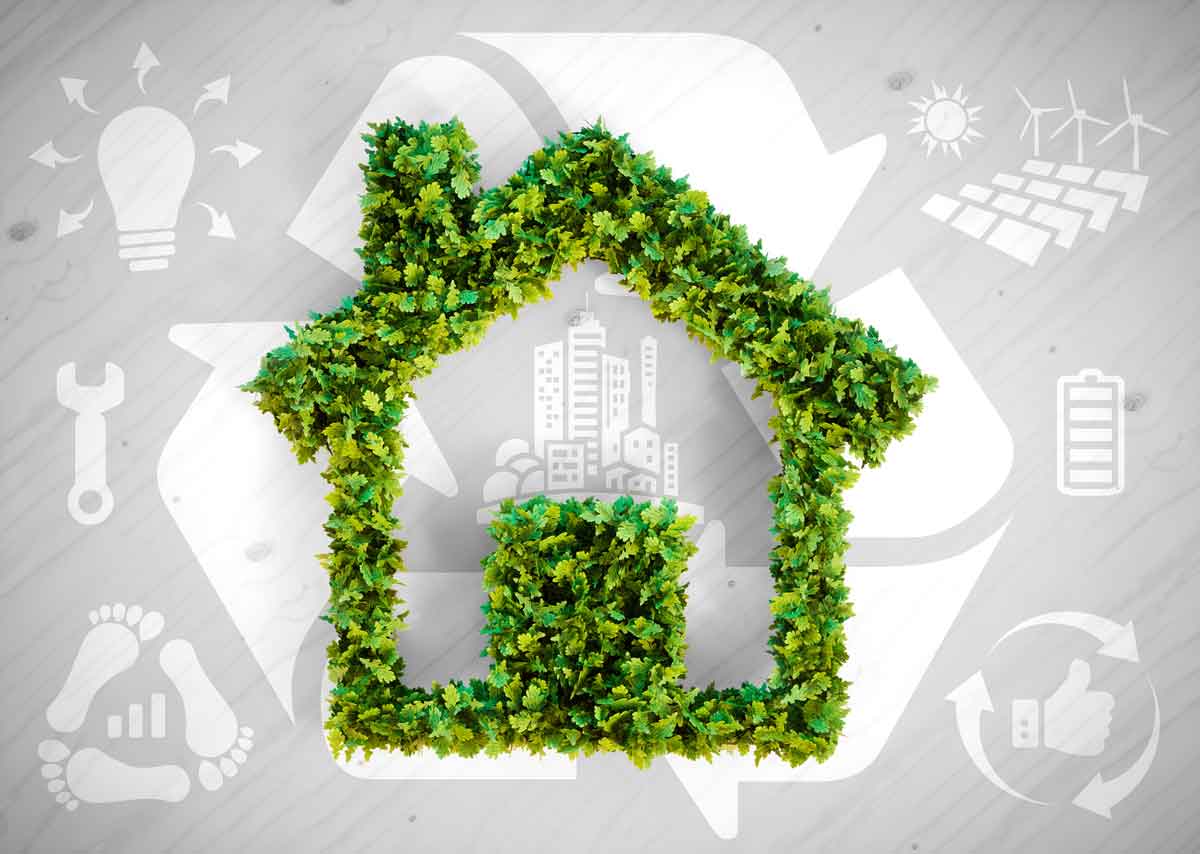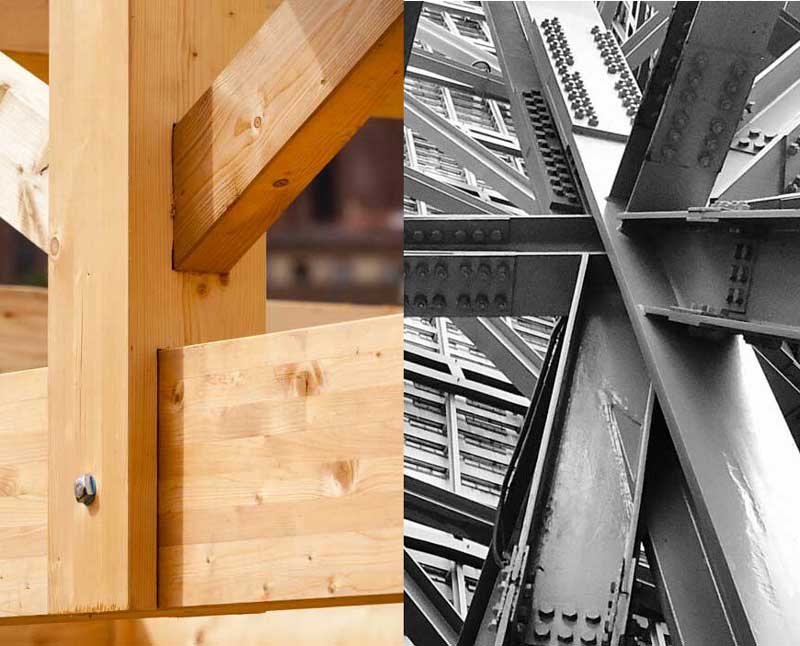While our 25-year guarantee against termites ensures your timber frame a lifespan of at least 25 years, they’re known for their longevity, being environmentally sustainable and generally last for much longer.
A home constructed with a Trueform timber frame is carefully designed with Mitek 2020 software and manufacturing equipment. The mechanically graded timber is then cut and assembled to perfection, exceeding Australian standards. Our timber frames come in two options: H2 termite proof treated pine, or renewable, reliable, natural, non-treated plantation radiata pine.
A Trueform timber frame’s lifespan is extended by the fact that they’re created using top construction techniques and with regular, ongoing post-construction maintenance. This enables them to have a lifespan of over 100 years.
Humans have been using timber frames in their homes for thousands of years. Here in Australia, we’re seeing timber frame lifespans exceed 100 years. In Europe, homes are still in use which were constructed using timber frames during the medieval times, while in India, buildings dating back to 200BC were constructed using teak timber with bamboo peg joinery and have stood the test of time.
Why is a timber frame’s lifespan so long?
There are many factors contributing to the length of a timber frame’s lifespan. Traditionally, constructing a building using a timber frame involves joining large posts and beams with joinery such as wooden pegs or other decorative options. In the past, each structure has been made unique by the variety of joints including dovetails, mortises and tenons which builders would custom cut for each and every section of the building. 6×6 and 8×8 wood joinery posts and beams are much stronger than 2x4s fastened by nails and screws.
These days, timber frame construction includes Structural Insulated Panels (SIPs) as well as vented roof systems to improve insulation and save on energy costs. Additionally, the SIPs cut down on air flow to the inside of the building, reducing insects and allergens in the home, improving the health of the environment.
How to extend the lifespan
A regular maintenance routine will help extend your timber frame’s lifespan. During the first two years post construction, it is important to maintain proper air circulation and humidity levels around the timber frame, as it acclimatises to the environment. Ventilators, dehumidifiers or humidifiers may help with this. High temperature air conditioning can dry out the timber, reducing humidity and damaging the frames. 30-50% humidity is optimal.
Every year, take the time to check your timber frame for pest or insect infestations and signs of moisture. A well-sealed timber frame shouldn’t have any issues, but an annual inspection will ensure the longevity of the lifespan of your timber frame.
If you’re considering a timber frame for your house, get in touch with us or call us on 02 4577 2755 today to discuss your options.



